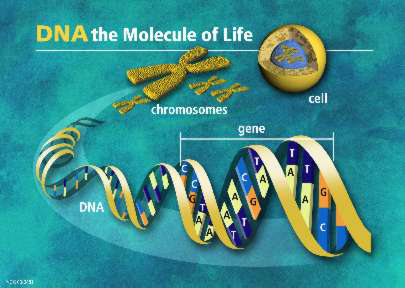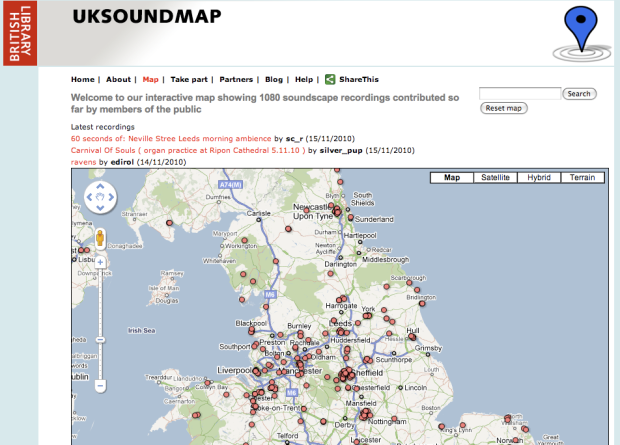Posts Tagged mapping
Early Mapping of the Material
Posted by lauracrestohl in Mapping the Material on 12/13/2010
It is difficult to identify when maps, as a type of representation of space, became a distinct set of tools, as maps have existed since ancient times, occupying various social roles. Telling is how during the Middle Ages, there was no specific word for map, instead people used what would be translated as ‘diagram’ or ‘picture’ (Harvey 7). Maps were “pictures of landscape, of regions or of continents, or they were diagrams setting out spatial relationship in graphic form just as they might set out other relationships–administrative, philosophical, theological” (ibid). Thus, instead of accurately depicting a location, medieval maps represented space in terms of what it was used for, the social action that would occupy that location. Thus, the map gave form to the materiality of the everyday experience, showing what material actions would take place in that specific place. Maps illustrated the materiality of everyday living; they represented buildings, animals, people, activities. Medieval maps told stories. In The History of Cartography, Harley and Woodward write: “Maps are graphic representations that facilitate a spatial understanding of things, concepts, conditions, processes, or events in the human world” (quoted in Talbert, Introduction, 11). Early maps helped present the spatial aspects of events, ideas, and things in the environment. But as mapping became a tool for science and navigation, the depictions of materiality were erased from the map, in favor of a more ‘objective’ representation.
Shopping Map
Posted by lauracrestohl in Mapping Activities on 12/07/2010
Shopping Maps abound in New York. By privileging certain information (where certain stores are located) over other information (for example street names, locations of other landmarks and buildings), a specific experience of the city is inscribed in this graphical representation of space.
Bike Map
Posted by lauracrestohl in Mapping Activities on 12/07/2010
Although bikes may represent paths for transport and travel, they also present paths that optimize the experience of a space. The materiality of a space differs greatly when being experienced by bike, and bikemap.net illustrates that difference by choosing certaint paths over others. The paths are submitted by users and then rated and commented on by other users of the site. Bikemap futher presents the materiality of a space by creating a profile of the altitude of the route, allowing users to get a sense of the intensity of the activity of biking along that path.
The Human Genome Project
Posted by lauracrestohl in Mapping Ourselves on 12/06/2010
The Human Genome Project was a successful 13-year long research project that aimed primarily to: “identify all the approximately 20,000-25,000 genes in human DNA” (Human Genome Project). The project is the most literal illustration of how we are using modern technologies to literally map out our bodies. Like the x-ray, this technology demonstrates the materiality of our own bodies, by mapping its specific genes and DNA. Thus, the project gives a materiality to parts of ourselves (our personality, our thoughts, our behaviors) that were once believed to be immaterial.
Christian Nold’s Stockport Emotion Map
Posted by lauracrestohl in Mapping Ourselves on 12/06/2010
Christian Nold’s Bio Mapping/Emotion Mapping project includes workshops in which participants provided with equipment that reads that Galvanic Skin Reponse (GSR) re-explore local areas. The equipment indicates emotional arousal associated with their geographical location, which is then placed on a map of the area. The resulting map illustrates the biological reactions to a space, the physical manifestations of our emotions. Nold’s map locates points of arousal, thus communicating how one feels in a particular place. Thus, the material exprience of the body (faster heartbeat, sweating) is associated with specific locations.





